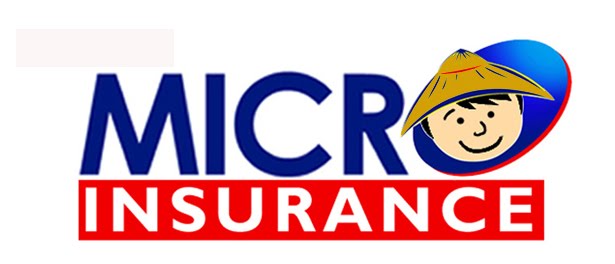BusinessWorld
Economy
Posted on December 13, 2012 10:46:04 PM
ZAMBOANGA CITY -- Business leaders in Mindanao are working on a scheme that will provide cover for investments of small and medium entrepreneurs when natural calamity strikes.
Ricardo C. Juliano, Philippine Chamber of Commerce and Industry vice-president for Mindanao, told BusinessWorld that members of his group and representatives from a German aid institution are working on mechanisms that will allow small businesses to recoup their losses in times on natural disasters.
Business leaders in Mindanao, he said, met last Monday in Cagayan de Oro City to see how they can help small businesses regain profitability amid the destruction wreaked by typhoons and other natural calamities through a microinsurance system.
Microinsurance refers to low-premium insurance policies. They are usually targeted at the poor, who are hit hardest by natural and man-made calamities.
Microinsurance premiums must not exceed 5% of the current daily minimum wage of non-agricultural workers in Metro Manila, while benefits must not be higher than 500 times the daily minimum wage for non-agricultural workers in Metro Manila.
Typhoon Pablo, whose impact on small businesses was discussed at the Cagayan de Oro meeting, hit the eastern part of the island, destroying banana plantations and coconut farms and affecting thousands of small investors.
"The situation is so bad that until now, we cannot properly communicate with our local chamber presidents in those areas," Mr. Juliano said in reference to specific municipalities in Davao Oriental and Compostela Valley where communication systems have been disrupted days after Pablo struck. The situation was compounded further by lack of supply of electricity in those areas.
Last year, tropical storm Sendong left more than a thousand people dead in Northern Mindanao. Mr. Juliano said the increasing frequency of typhoons passing through Mindanao is now a major problem for businesses operating on the island. Local business chambers, he said, are collaborating with the Insurance Commission to look at the viability of microinsurance.
Currently, most insurance companies do not cover flood damage, Mr. Juliano said. "What we want to focus on here is the situation of small entrepreneurs because they don’t have the resources to recover quickly compared with large corporations," he said. Mindanao’s business leaders will again meet within the month to complete the details of the proposed microinsurance scheme for small entrepreneurs. -- Darwin T. Wee
Business leaders in Mindanao, he said, met last Monday in Cagayan de Oro City to see how they can help small businesses regain profitability amid the destruction wreaked by typhoons and other natural calamities through a microinsurance system.
Microinsurance refers to low-premium insurance policies. They are usually targeted at the poor, who are hit hardest by natural and man-made calamities.
Microinsurance premiums must not exceed 5% of the current daily minimum wage of non-agricultural workers in Metro Manila, while benefits must not be higher than 500 times the daily minimum wage for non-agricultural workers in Metro Manila.
Typhoon Pablo, whose impact on small businesses was discussed at the Cagayan de Oro meeting, hit the eastern part of the island, destroying banana plantations and coconut farms and affecting thousands of small investors.
"The situation is so bad that until now, we cannot properly communicate with our local chamber presidents in those areas," Mr. Juliano said in reference to specific municipalities in Davao Oriental and Compostela Valley where communication systems have been disrupted days after Pablo struck. The situation was compounded further by lack of supply of electricity in those areas.
Last year, tropical storm Sendong left more than a thousand people dead in Northern Mindanao. Mr. Juliano said the increasing frequency of typhoons passing through Mindanao is now a major problem for businesses operating on the island. Local business chambers, he said, are collaborating with the Insurance Commission to look at the viability of microinsurance.
Currently, most insurance companies do not cover flood damage, Mr. Juliano said. "What we want to focus on here is the situation of small entrepreneurs because they don’t have the resources to recover quickly compared with large corporations," he said. Mindanao’s business leaders will again meet within the month to complete the details of the proposed microinsurance scheme for small entrepreneurs. -- Darwin T. Wee










